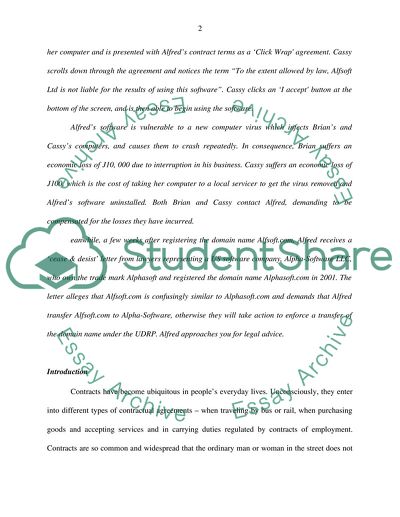Cite this document
(“Contracts, Trademarks, and European E-Commerce Law Case Study”, n.d.)
Contracts, Trademarks, and European E-Commerce Law Case Study. Retrieved from https://studentshare.org/law/1707193-e-commerce
Contracts, Trademarks, and European E-Commerce Law Case Study. Retrieved from https://studentshare.org/law/1707193-e-commerce
(Contracts, Trademarks, and European E-Commerce Law Case Study)
Contracts, Trademarks, and European E-Commerce Law Case Study. https://studentshare.org/law/1707193-e-commerce.
Contracts, Trademarks, and European E-Commerce Law Case Study. https://studentshare.org/law/1707193-e-commerce.
“Contracts, Trademarks, and European E-Commerce Law Case Study”, n.d. https://studentshare.org/law/1707193-e-commerce.


